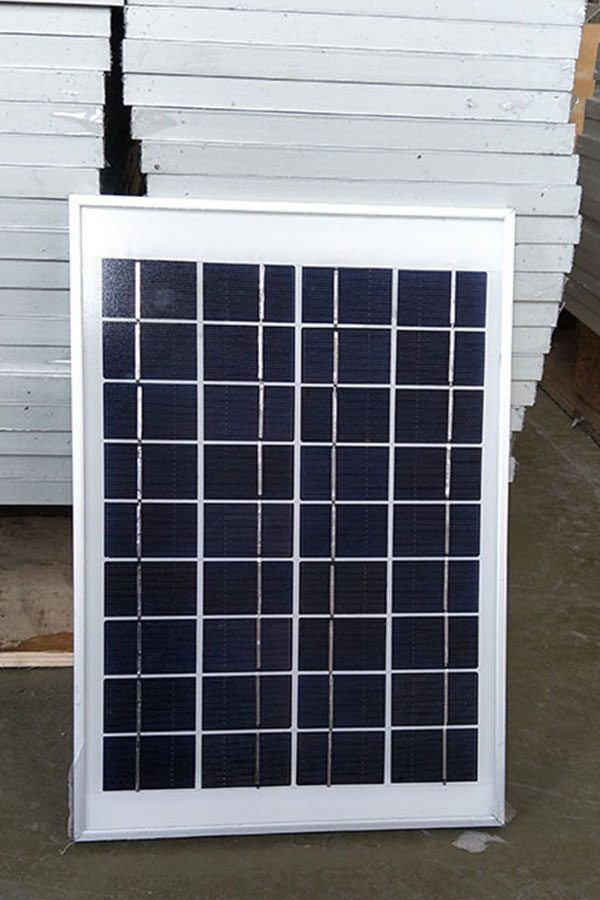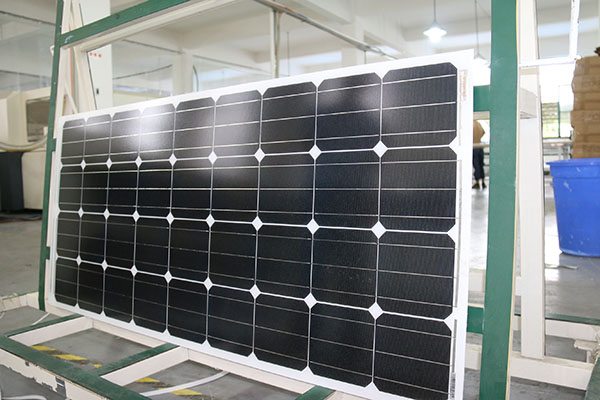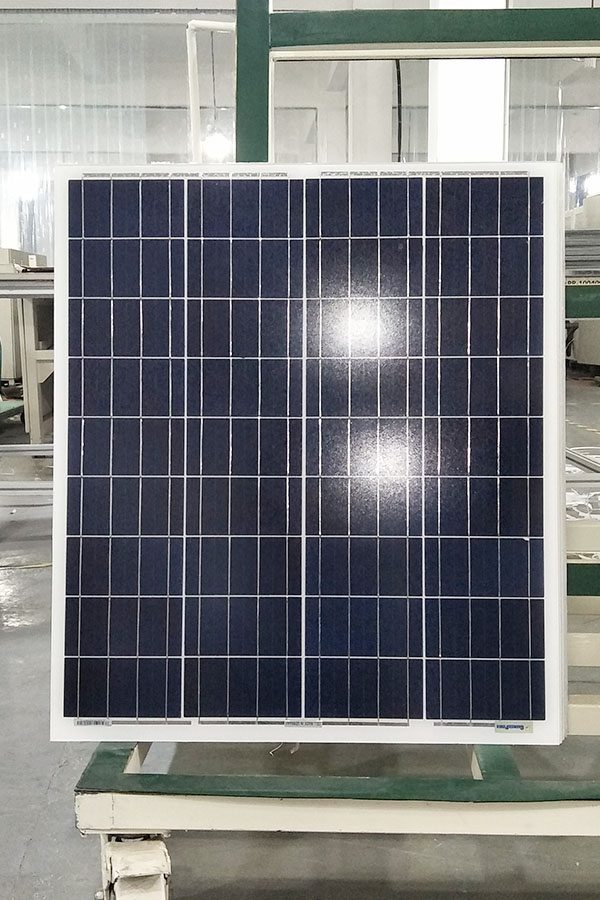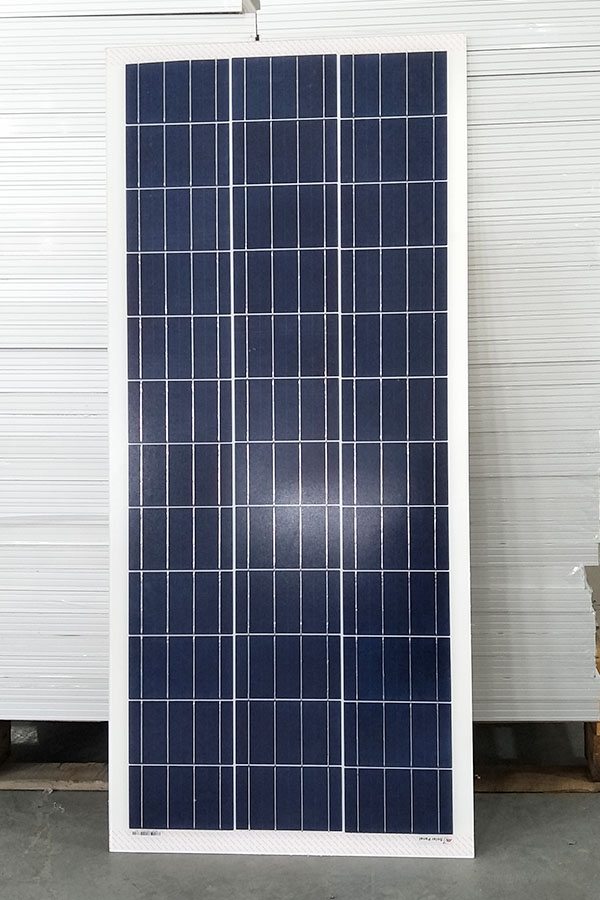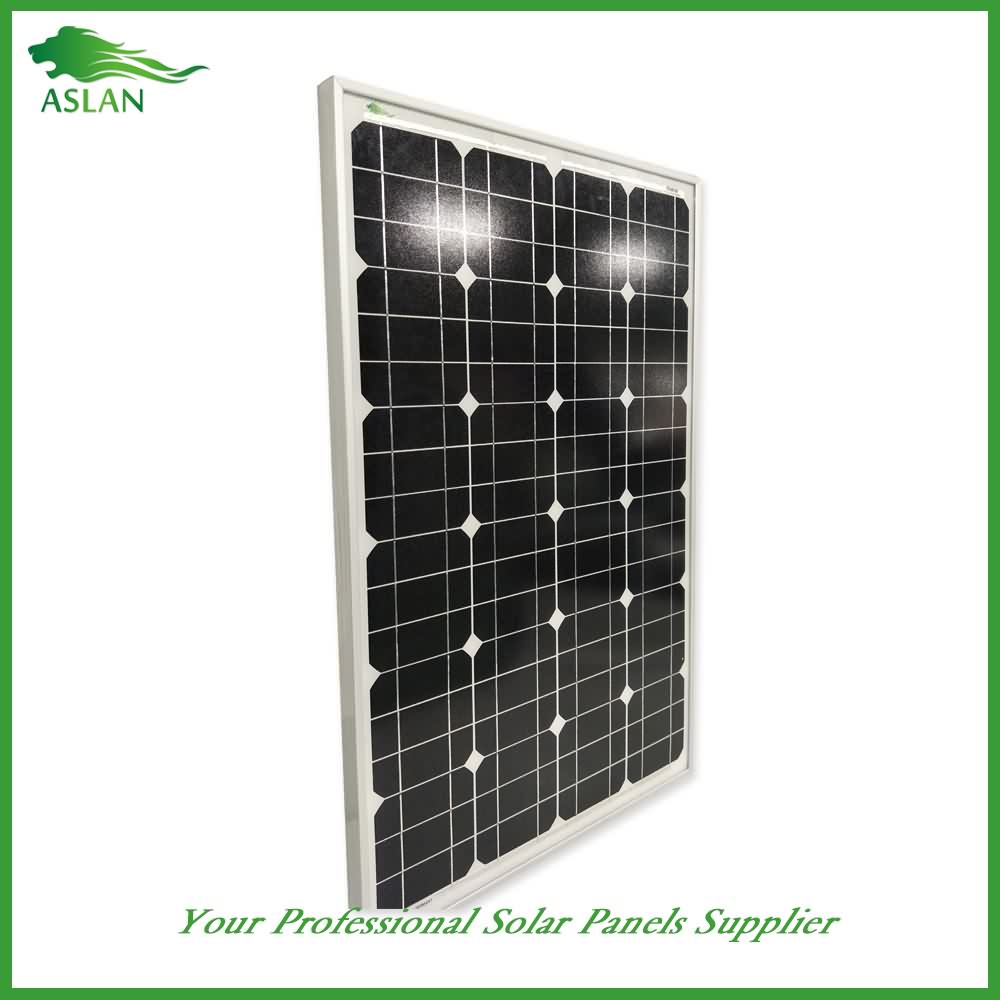Discount wholesale Poly-crystalline Solar Panel 5W Manufacturer in Stuttgart
Short Description:
We stick to the principle of "quality first, service first, continuous improvement and innovation to meet the customers" for the management and "zero defect, zero complaints" as the quality objective. To perfect our service, we provide the products with the good quality at the reasonable price for Discount wholesale Poly-crystalline Solar Panel 5W Manufacturer in Stuttgart, Welcome to build the well and long standing business relationships with our company to create a glorious future together .customers' satisfaction is our eternal pursuit
Poly-crystalline Solar Panel 5W
Technical parameter
Maximum Power(W) 5W
Optimum Power Voltage(Vmp) 9V
Optimum Operating Current(Imp) 0.56A
Open Circuit Voltage(Voc) 10.8V
Short Circuit Current(Isc) 0.62A
Mechanical Characteristics
Cell Type Polycrystalline
No of Cell 18 (3x6pcs)
Dimensions 175x270x18mm
Weight 0.65KGS
Front Glass 3.2mm,High Transmission, Low Iron,Tempered Glass
Temperature and Coefficients
Operating Temperature(°C): -40°C ~ + 85°C
Maximum System Voltage: 600V(UL)/1000V(IEC) DC
Maximum Rated Current Series: 10A
Temperature Coefficients of Pmax: -0.435%
Temperature Coefficients of Voc: -0.35%
Temperature Coefficients of Isc: 0.043%
Nominal Operationg Cell Temperature (NOCT): 47+/-2°C
Materials of solar panel
1).Solar Cell——Polycrystalline solar cell 156*156mm
2).Front Glass——-3.2mm, high transmission, low iron, tempered glass
3).EVA——-excellent anti-aging EVA
4).TPT——-TPT hot seal made of flame resistance
5).Frame——anodized aluminum profile
6).Junction Box——-IP65 rated, high quality, with diode protection
Superiority: high quality anodized aluminum frame, high efficiency long life, easy installation, strong wind resistance, strong hail resistance.
Features
1. High cell efficiency with quality silicon materials for long term output stability
2. Strictly quality control ensure the stability and reliability, totally 23 QC procedures
3. High transmittance low iron tempered glass with enhanced stiffness and impact resistance
4. Both Poly-crystalline and Mono-crystalline
5. Excellent performance in harsh weather
6. Outstanding electrical performance under high temperature and low irradiance
Quality assurance testing
Thermal cycling test
Thermal shock test
Thermal/Freezing and high humidity cycling test
Electrical isolation test
Hail impact test
Mechanical, wind and twist loading test
Salt mist test
Light and water-exposure test
Moist carbon dioxide/sulphur dioxide
Friends, Happy to introduce 2 DIY Solar Water Heater systems which are homemade. First is a easy method using tubing. Another is using a solar panel with heat storage and distribution. The designs are explained to You.
Invite You to subscribe to my Video Channel: http://goo.gl/wdCj68
(I earn commissions from Amazon Affiliate Link below)
To purchase Rust-oleum High Heat Paint, Visit http://amzn.to/28SzpNT
Video Sources and Credits:
Homemade air conditioner https://www.youtube.com/channel/UCMgvhhy5rsxibx_2f72RsKg
1. Using Wire Coils
https://www.youtube.com/watch?v=F9AnvDdt40g
(This can be a science project, However, take caution to have a professional electrician and engineer to help You build it. Take note of safety.)
2. Smaller Coils Used
https://www.youtube.com/watch?v=NKEpAyPuuTI
Smaller version is also good, have a fun time trying out.
Source: NikTheCat https://www.youtube.com/user/NikTheCat
3. Using Solar Panels
The building process and many more explained for You.
4. Heat Storage and Distribution
Check out this system !!!
Video is licensed by: https://creativecommons.org/publicdomain/zero/1.0/deed.en CC0 1.0 Universal (CC0 1.0) Public Domain Dedication
Check Out My Mother’s and also my http://plus.google.com and Twitter profiles.
My Mum Stella San
https://plus.google.com/114512468123776014795
https://twitter.com/StellaSanLF
https://twitter.com/StellaYeahilike
Anthony Zheng
https://plus.google.com/u/0/+ZhengGaoAnthony
https://twitter.com/Yeahilike
References:
1. https://en.wikipedia.org/wiki/Solar_water_heating
2. https://en.wikipedia.org/w/index.php?title=DIY
Video Licensed by: http://creativecommons.org/licenses/by-sa/3.0/ Attribution-ShareAlike 3.0 Unported (CC BY-SA 3.0)
In this video, I will start a project to use solar energy to power ESP8266 or Arduino devices during the whole year.
We wll answer the following questions:
1. What size the solar panel has to be in order to power our device
2. What size of battery we need to survive times with less or without sun?
Links:
Solar panels:
Solar Panel 165x165mm http://s.click.aliexpress.com/e/f2FybQV
Solar Panel 112x84mm http://s.click.aliexpress.com/e/fUrRz7e
Solar Panel 53 x 30mm http://bit.ly/2shHVRJ
Solar Panel 86 x 38mm http://bit.ly/2szAvwk
Solar Panel 107 x 61mm http://bit.ly/2szn7rN
Solar Panel 99 x 69mm http://bit.ly/2shEDho
Solar Panel 80 x 80mm http://bit.ly/2rCsMsq
Solar Panel 540mm x 340mm http://bit.ly/2s7VPYc
Results: https://docs.google.com/spreadsheets/d/1JIJupnZaRlcYcFGVrvozazKUGn-A0P0HuncRVTjqVE0/edit?usp=sharing
http://solargis.com/assets/graphic/free-map/GHI/Solargis-Switzerland-GHI-solar-resource-map-en.png
http://solarelectricityhandbook.com/solar-irradiance.html
https://www.timeanddate.com/sun/switzerland/basel?month=7&year=2017
Supporting Material and Blog Page: http://www.sensorsiot.org
Github: https://www.github.com/sensorsiot
If you want to support the channel and buy from Banggood use this link to start your shopping: https://bit.ly/2jAQEf4 (no additional charges for you)
https://www.facebook.com/SensorsIOT/
https://twitter.com/spiessa
